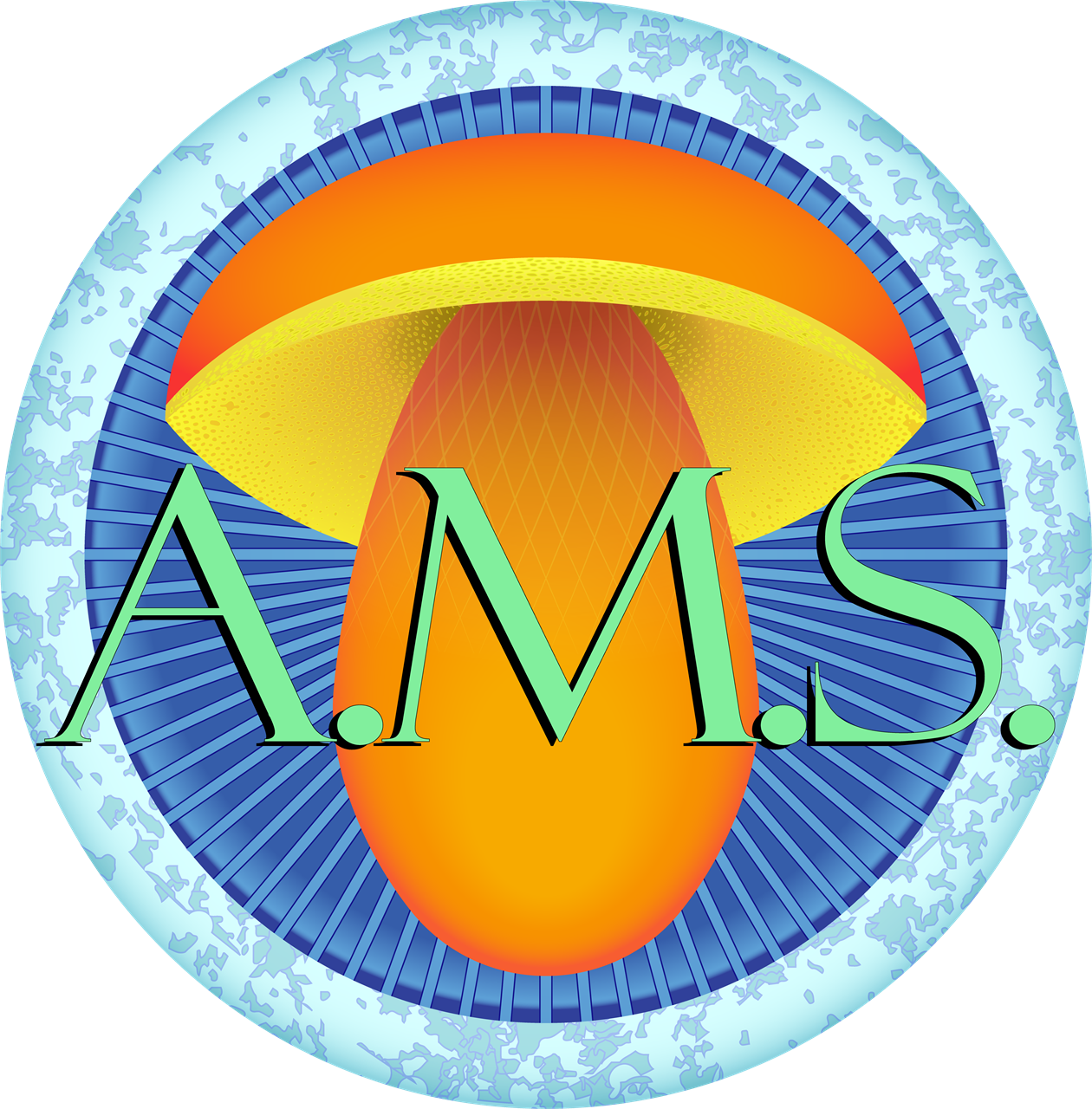
This page will cover some of the basics for Macrolepiota, the large lepiota.
Due to the large number of look-a-likes, one of which is toxic, we consider this a mushroom that is NOT for beginners.
As with all of these pages, they are NOT intended to be used as a key or diagnostic tool, but a guide of basic identifying characteristics so that you can make informed decisions and easy-access to other, more detailed resources.
Macrolepiota Procera- The Parasol Mushroom 
Mature Cap Shape: Parasol Macrolepiota is a smaller genus in the very large family Agaricaceae. The species in North America are poorly described and likely genetically different from Eurasian species (this is at least likely for M. procera). As seen in the images, the mature fruitbody takes on a distinctive parasol shape on a very tall (over a foot!) stipe. | Young Cap Shape: Lepitoid
The young cap will usually be found in the bullet-shape (sometimes described as egg-shaped) seen in this image, and NOT a more rounded ball (typical of Chlorophyllum species). This bullet shape is commonly seen in Lepiota and similar genera. When the cap opens into it's typical parasol shape, there will be a brown umbo (raised nipple) in the center of the cap and distinct brown scales. |
Stipe: Snakeskin Pattern The stipe holds some critical characteristics that separate M. procera from its most common and toxic look-a-like, Chlorophyllum molybdites. M. procera has an ornamented stipe that usually takes on small chevron (triangles) shaped scales. The annulus (ring) has flares on the top and bottom and if grasped, can be easily moved up and down the stipe. | Deep Gills The gills are free (do not attach to the stipe), white (sometimes with a rosy tinge), crowded, and will drop a white spore print (not even a little green!) The margin (edge of cap) will have remnants of the sterile partial veil that contained the gills prior to the parasol opening. |
Cap Texture
The texture of the cap is slightly different than its look-a-likes. The base color is a light beige and contains both fibrous threads and the darker overlaying scales. The fruitbody will have a pleasant nutty smell. | The Umbo
Most lepitoid mushrooms have distinctive umbos, (the nipple-like projection at the top of the cap). This is also true for M. procera. Bulbous Base M. procera has a small bulbous base similar to most lepitoid mushrooms |
Look A Likes 
Chlorophyllum
Chlorophyllum look A LOT like M. procera, but there are some giveaways that we can detect. Don't forget, when in doubt, throw it out! |
Unornamented Stipe Chlorophyllum will have a smooth unornamented stipe (no chevrons or anything like them) just smooth tan/brown. Note that the ring which IS normally present in Chlorophyllum species is missing (it was removed). | Similar Scaled Cap Note how similar this cap color and texture is to M. procera. Don't use the cap as the defining feature for either. |
Immature Cap Shape: Round Here you can see the shape of young C. molybdites' caps. They quickly take on a 'ball on a stick' shape and lack the bullet shape that is more common for M. procera. This is another characteristic that is helpful, but not enough for a confident differentiation. Photo by John Richard Ramsey
| Green Spores Photo by Jessy Coxson |
Leucoagaricus americanum
Photo by Deacon Mcdaniel | Coming soon! |
Please remember to seek other sources for confirmation before consuming any wild mushroom
